Evidence and Gap Maps Effectiveness: Fifth Edition
Outline of the Study
This fifth edition systematically reviews existing evidence on effectiveness of interventions for people experiencing or at risk of homelessness in high-income countries. The evidence and gap map (EGM) provides a visual framework of interventions which have been assessed and their effectiveness across different outcomes, identifies evidence hotspots and significant gaps in research to inform policy and practice decisions.
Findings in Brief
- The evidence base has grown substantially, with 690 studies in this edition, compared to 221 in the first edition (2018) - a 212% increase
- Evidence is heavily concentrated in North America (587 studies, 85% of total). UK studies account for only 65 studies (9% of total), though this figure has grown from previous editions
- Randomised controlled trials constitute 47% of all studies. However, most studies (66% of primary studies and 74% of systematic reviews) received low confidence ratings, mainly due to poor reporting of statistical relevance and high participant attrition rates
- The most studied homeless populations are people with mental illness (260 studies, 37.7%) and those with alcohol/drug issues (193 studies, 28%). Young people (105 studies) and families with children (61 studies) are also well-represented, while groups like migrants, indigenous people, and LGBT communities remain severely under-researched
- Health and social care and services and outreach interventions dominate (each with 290 studies), followed by accommodation-based interventions (250 studies). There are major evidence gaps around financing interventions (5 studies) and legislation (8 studies)
- In terms of outcomes, health is the most assessed area (522 studies), followed by housing stability (304 studies) and capabilities/wellbeing (242 studies). Public attitudes and engagement remain critically under-researched with only 2 studies.
Recommendations in brief
- Seek to address gaps in the evidence base, particularly around financing, legislation, and public attitudes outcomes and under-studied populations
- Increase UK-based research
- Seek to improve study design and to develop multi-sectoral research, to assess the complex, interconnected nature of homelessness
- Strengthen economic evaluation capacity, to inform budgetary decisions and resource allocation for expanding interventions.



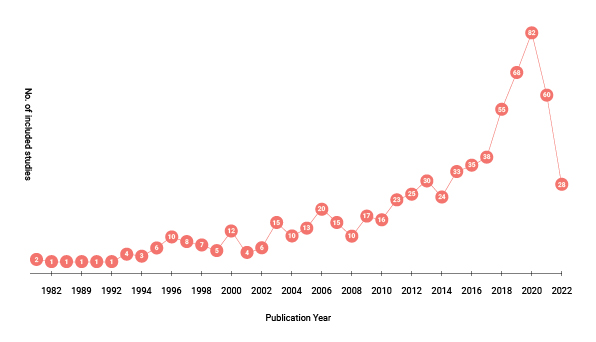
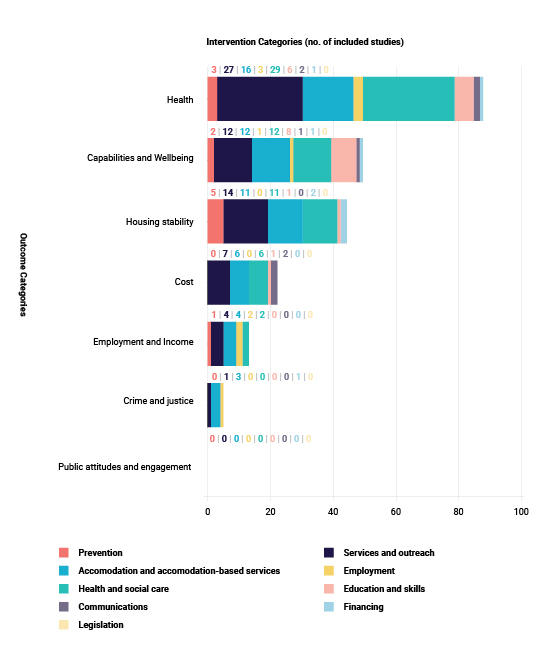



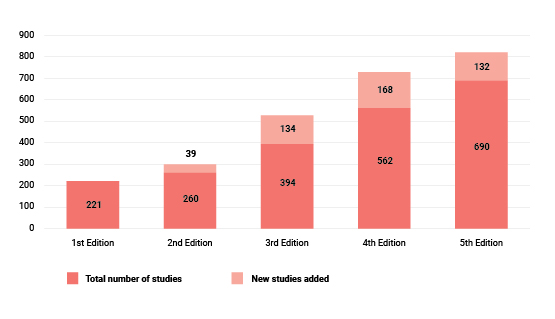

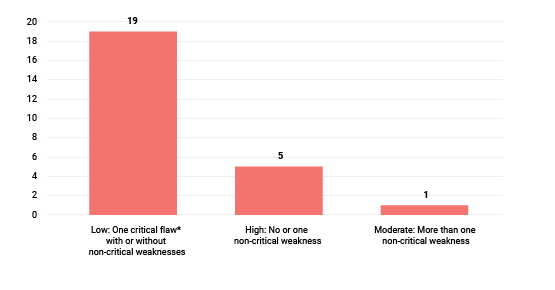
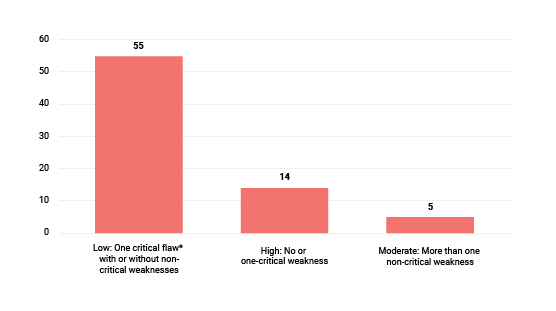




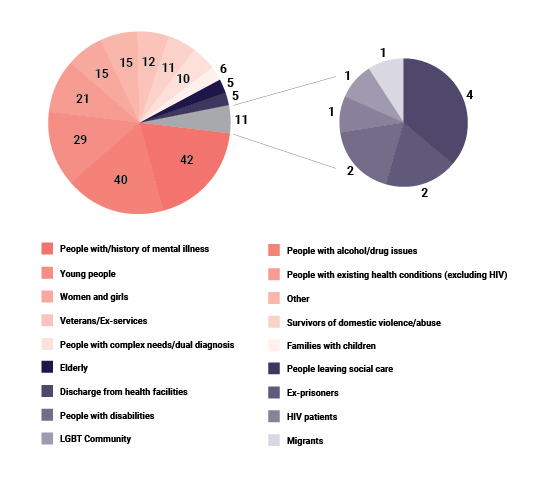
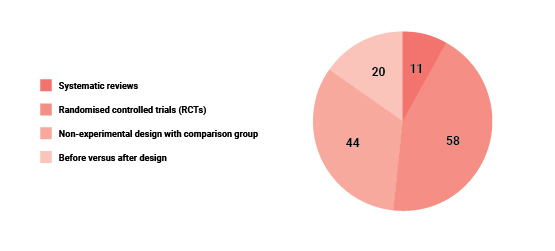
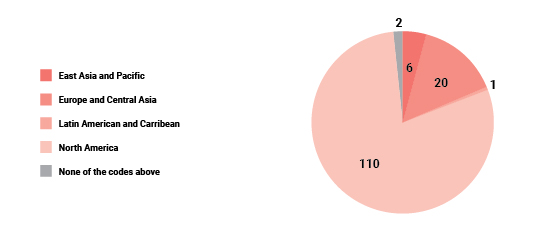
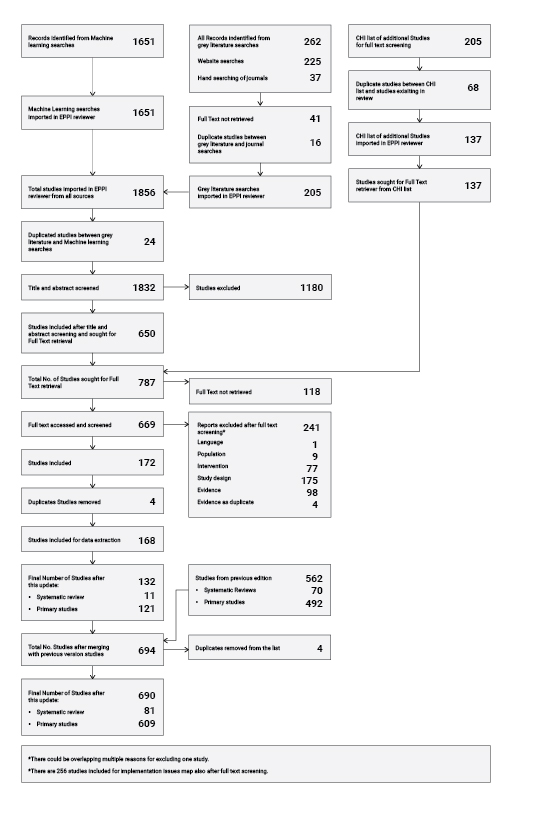
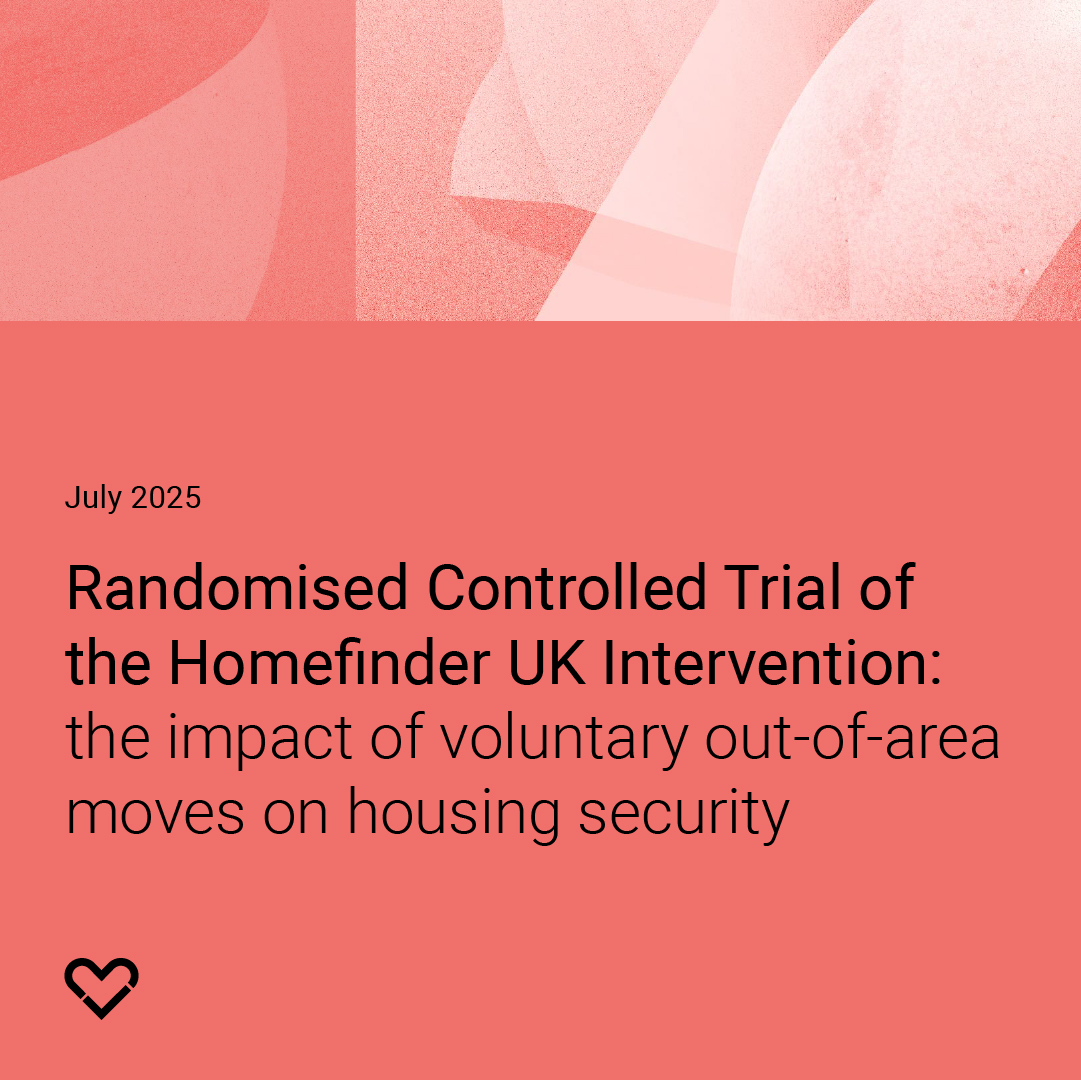
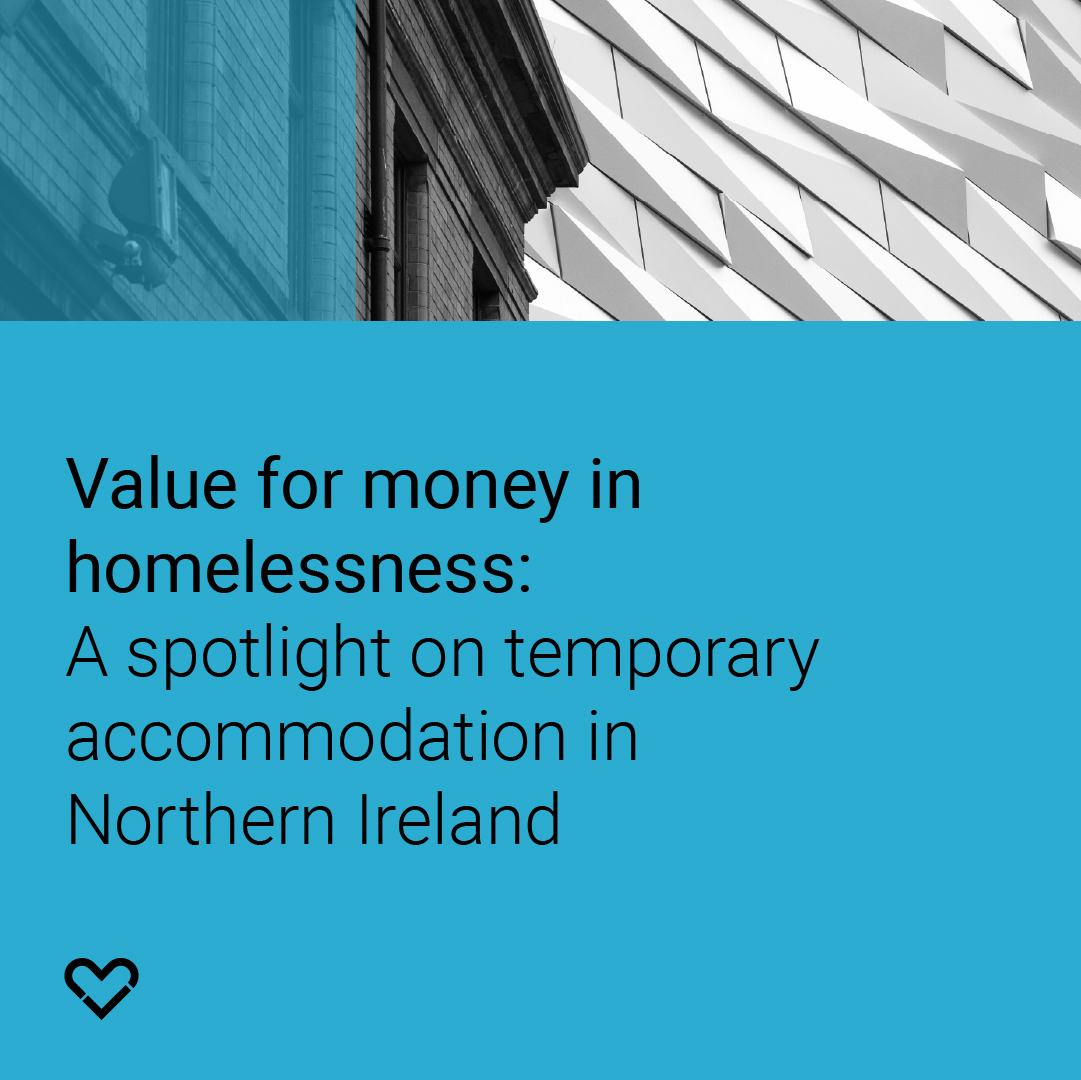
.jpg)

